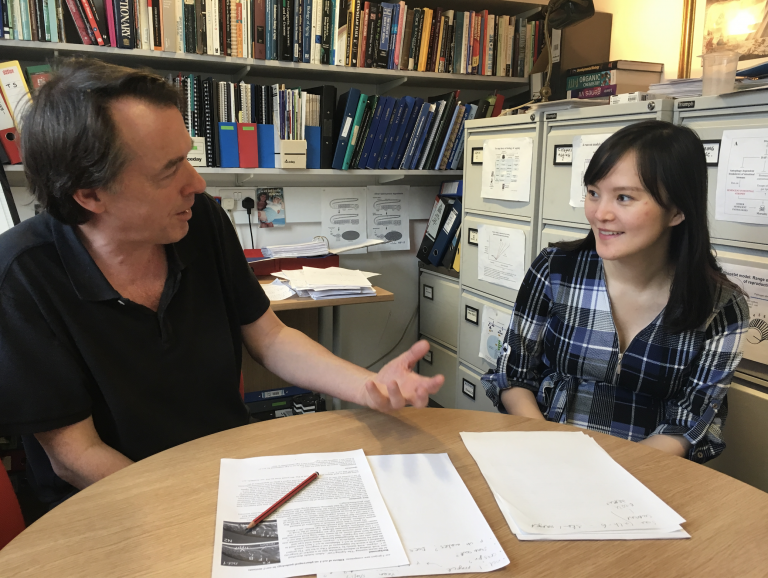Why do different studies of C. elegans ageing get different results?
3 December 2019
A new study by Dr Yuan Zhao and colleagues published in Nature Communications reveals how differences in a single gene in the standard C. elegans strain have confounded previous studies of ageing. Published by: Biosciences, Genetics, Evolution and Environment, UCL IHA

Disentangling confounding variables affecting studies of C. elegans ageing
All studies of C. elegans ageing involve strains derived from the same wild-type (standard) strain called N2 (Bristol). A problem is that there are two forms of N2 with differing ageing rate. This study, funded by the Wellcome Trust, showed that this difference is attributable to a mutation in a single gene called fln-2, which extends lifespan by preventing death from a sort of late-life throat infection. To discover this required combining a new technique developed by Yuan Zhao and David Gems, called mortality deconvolution, and Variant Discovery Mapping performed with Dr Rich Poole (Cell and Developmental Biology, UCL). It turns out that many C. elegans strains contain the fln-2 mutation, which has confounded a number of previous studies of ageing, including some involved in the notorious controversy over the capacity of sirtuins to extend C. elegans lifespan.
Read full paper: A fln-2 mutation affects lethal pathology and lifespan in C. elegans
Authors: Yuan Zhao, Hongyuan Wang, Richard J Poole and David Gems
 Close
Close

